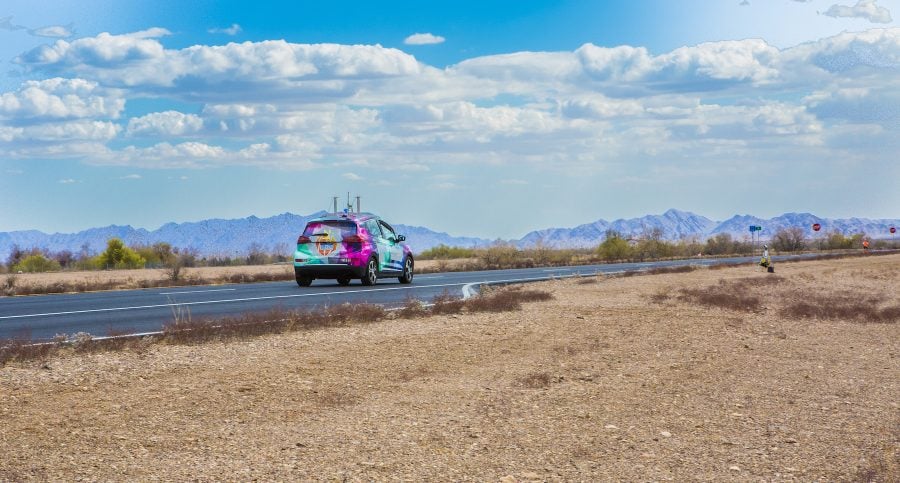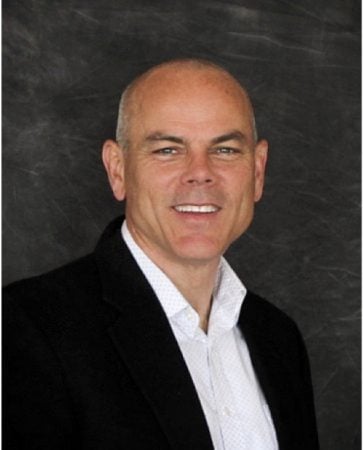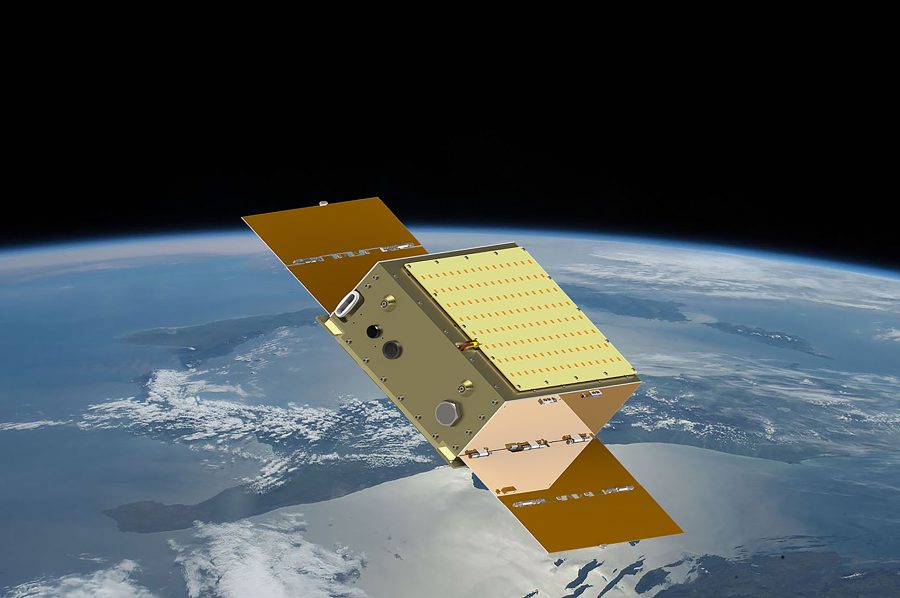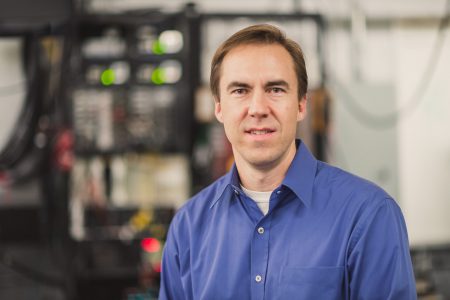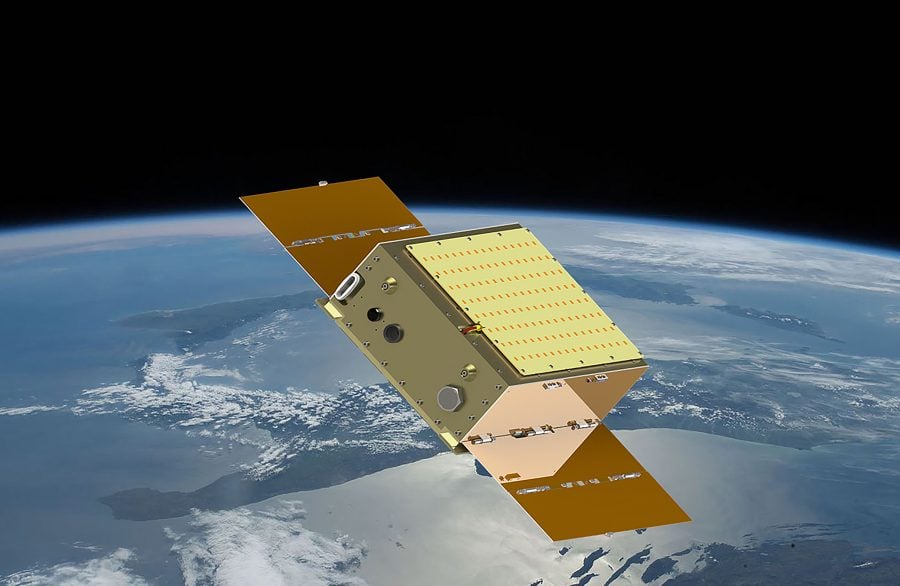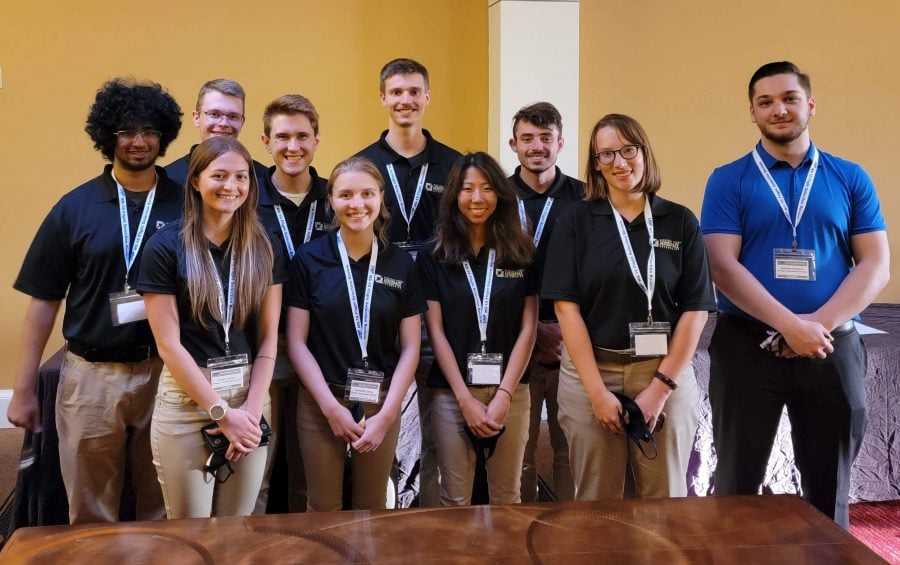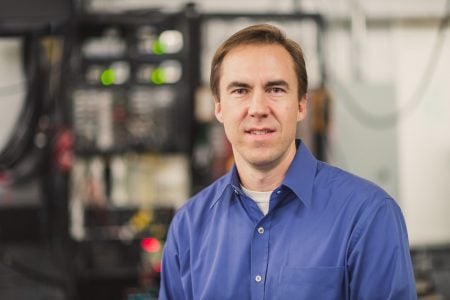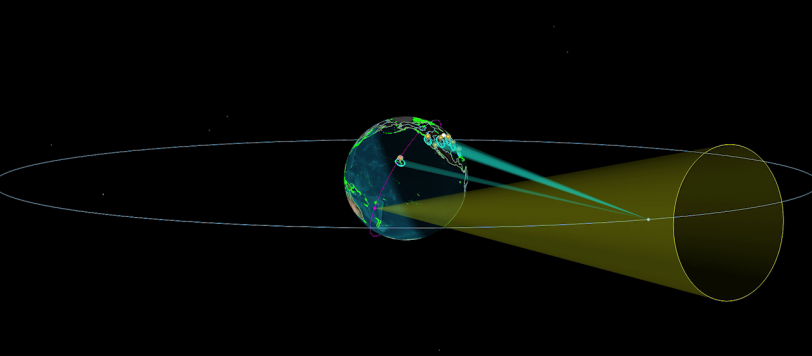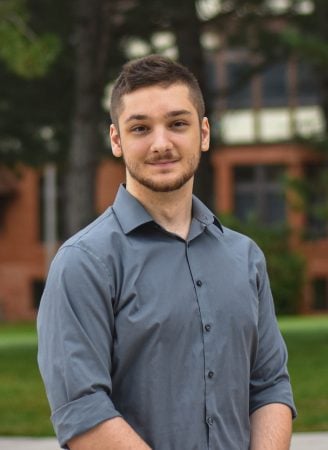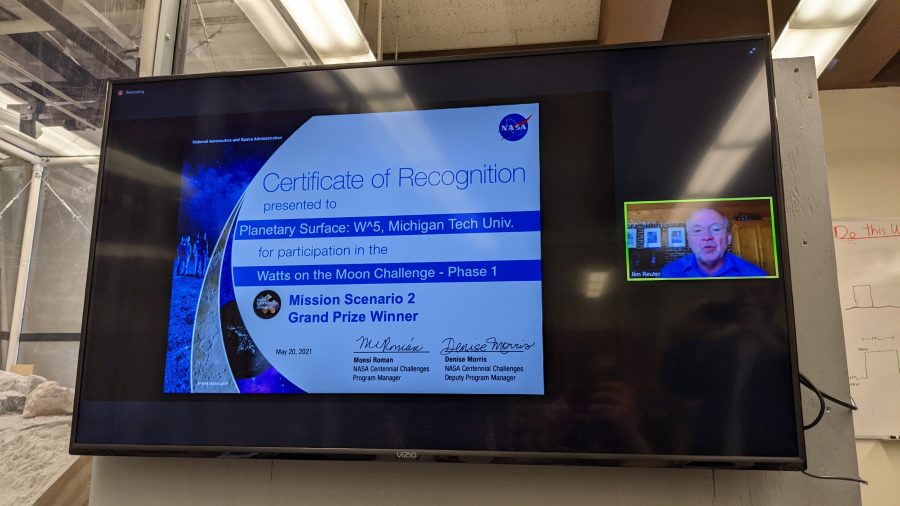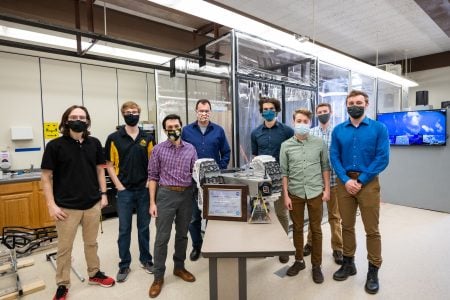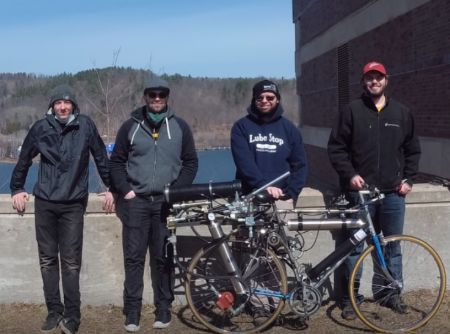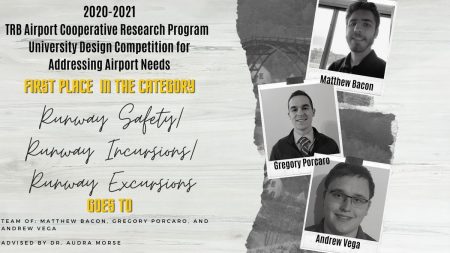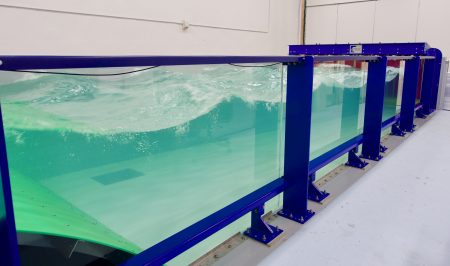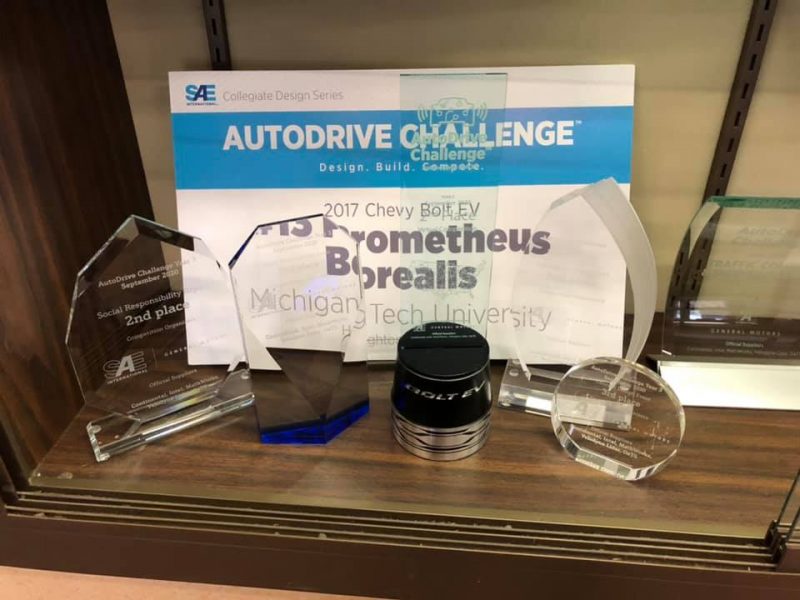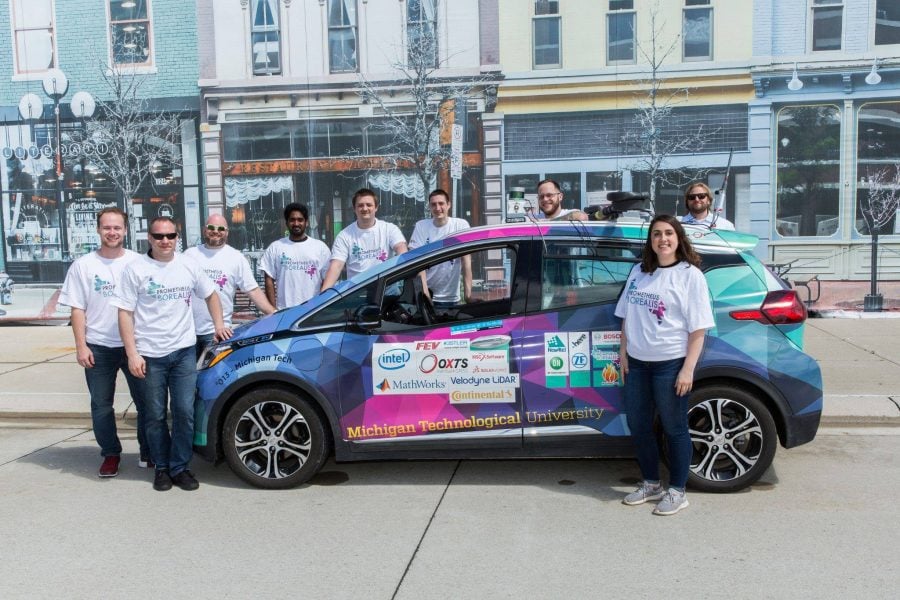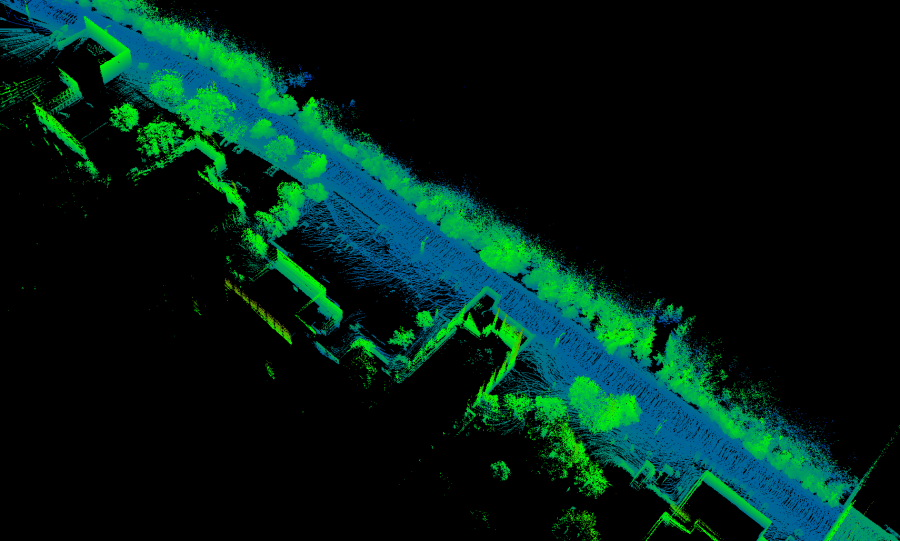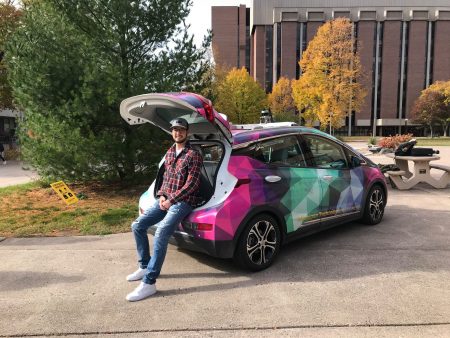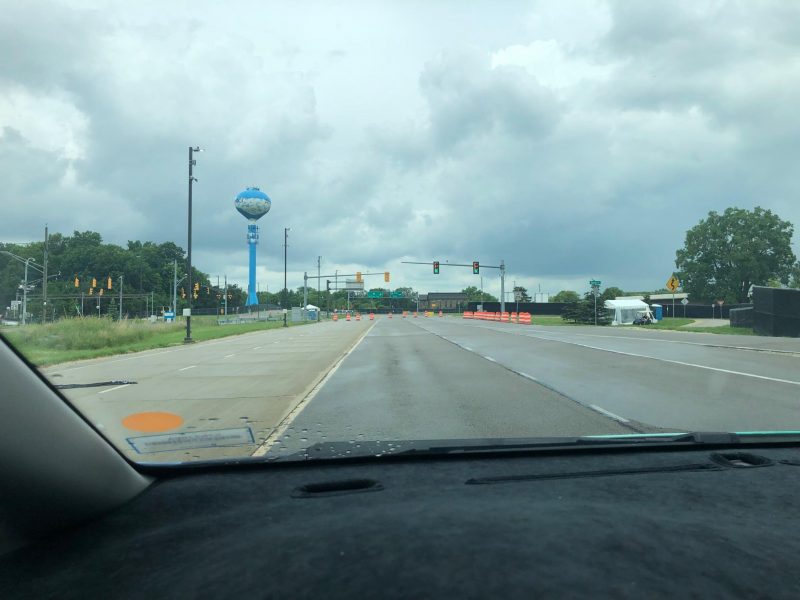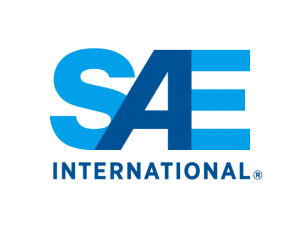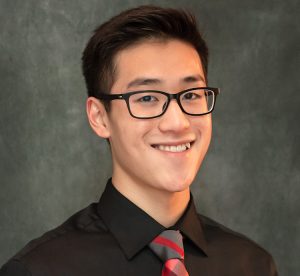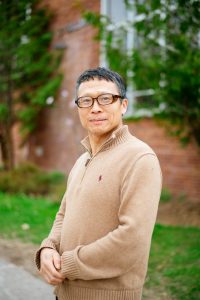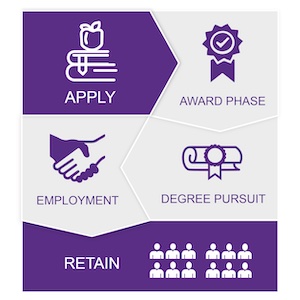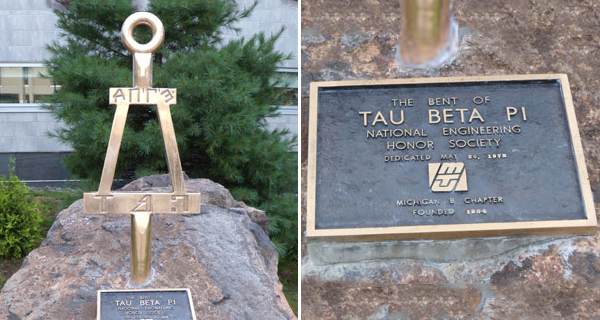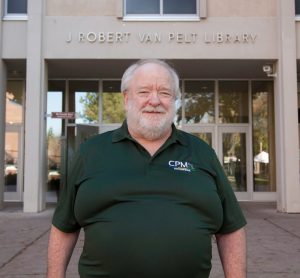Two Michigan Tech graduate students were honored by The Institute of Noise Control Engineering (INCE) at their annual honors and awards ceremony recognizing outstanding service, research and activity in noise control.
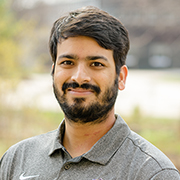
Sunit Girdhar, doctoral student in mechanical engineering-engineering mechanics, won both the inaugural INCE Student Scholarship and the Martin Hirschorn IAC Prize – Student Project.
Steven Whitaker, an electrical and computer engineering graduate student, received the 2021 Leo Beranek Student Medal for Excellence in Noise Control for Deep recurrent network for tracking an anthropogenic acoustics source in shallow water using a single sensor.
Dana Lodico, INCE-USA vice president, Honors and Awards Committee, applauded the winners. “This year’s winners should be incredibly proud of their achievements in noise control,” said Lodico. “Entries for INCE-USA Honors and Awards were very competitive, and we look forward to seeing how each winner continues to advance the noise control industry in their careers.”
Read more about the awards on the INCE website.
